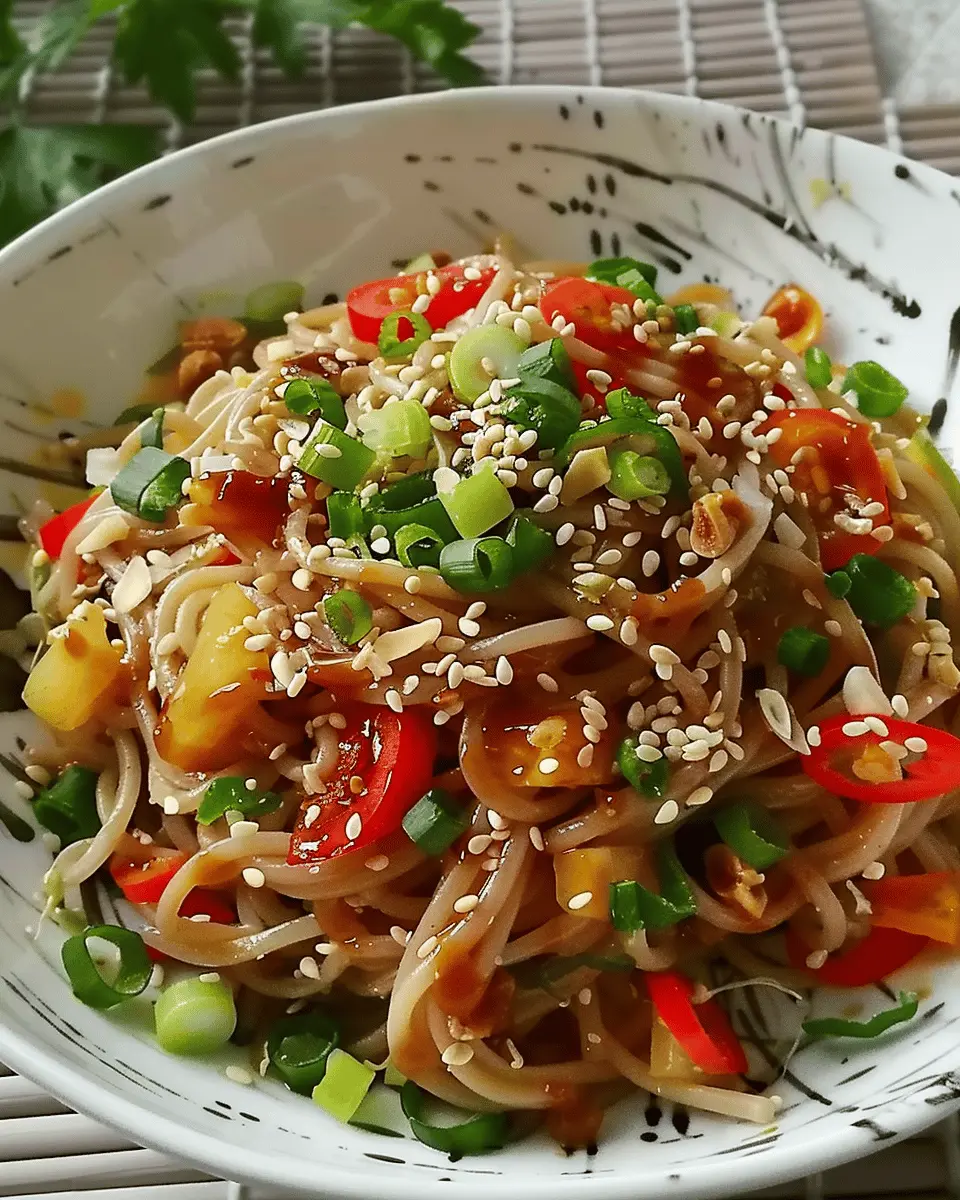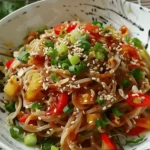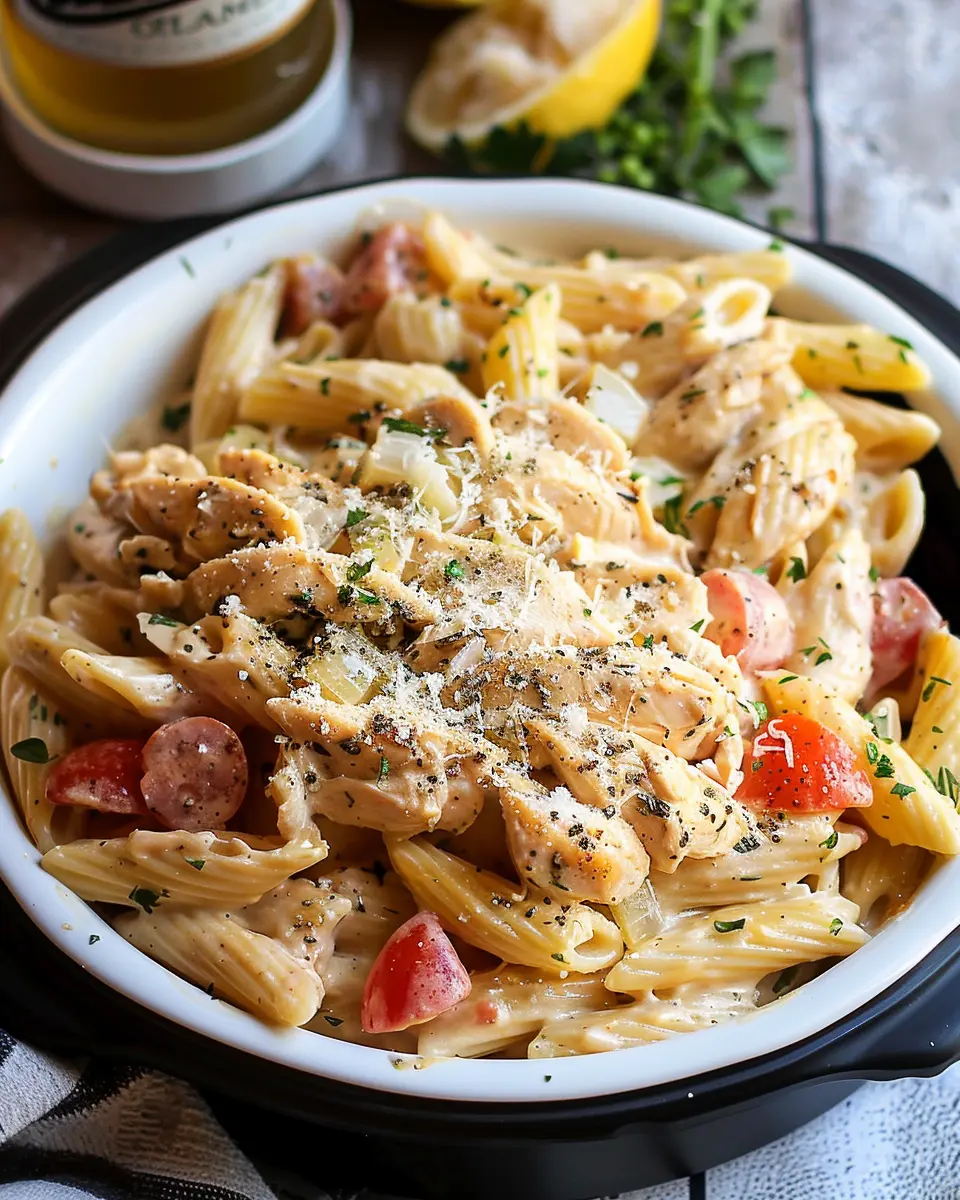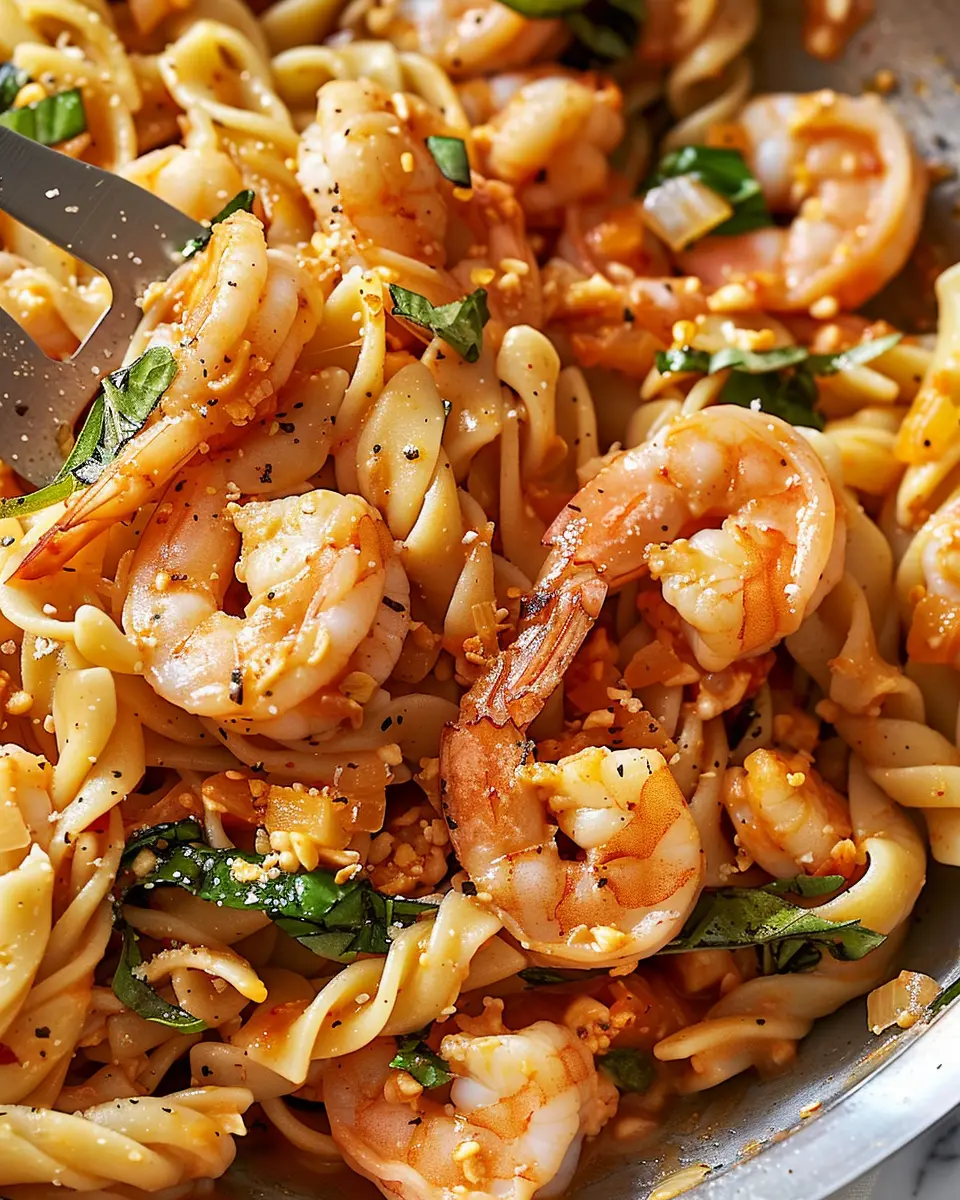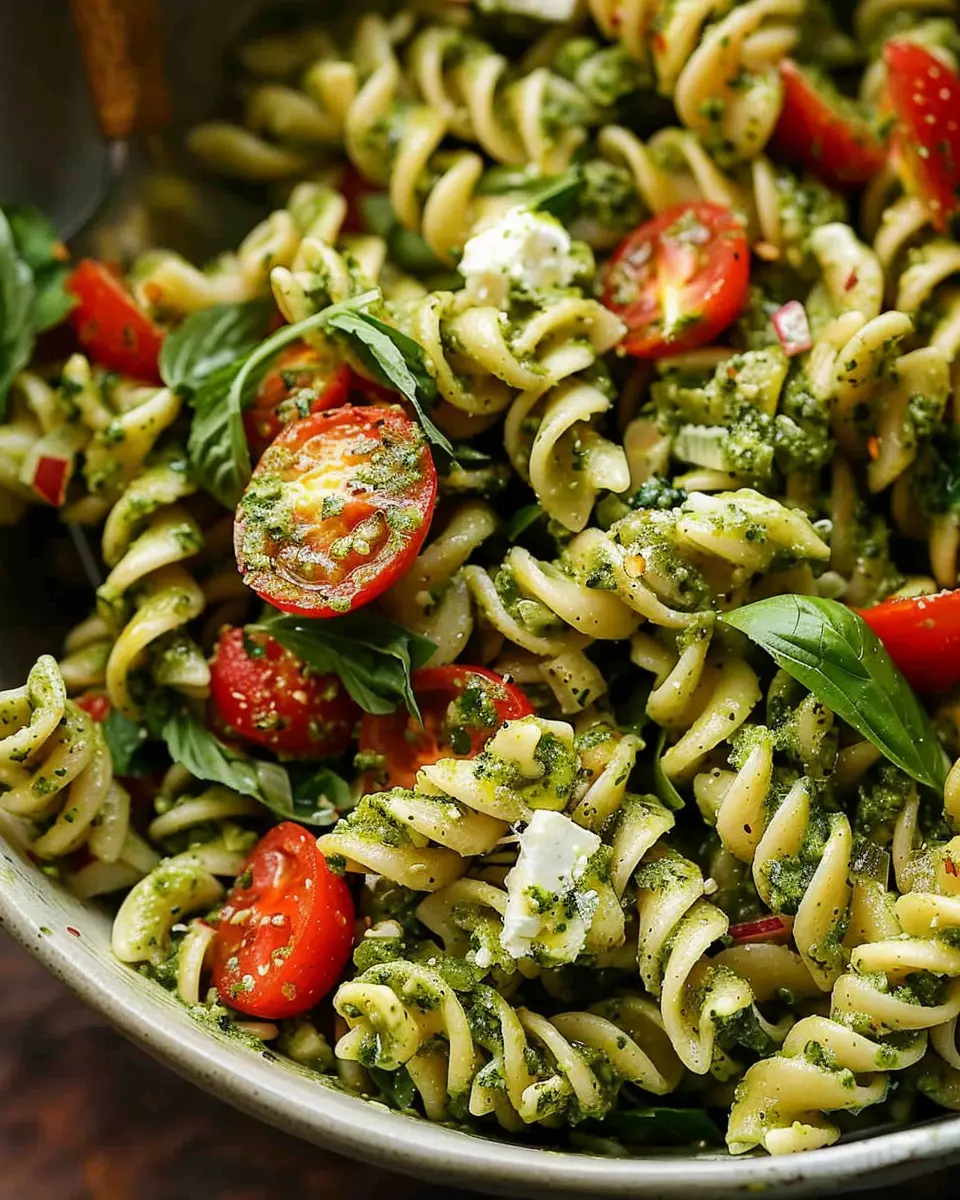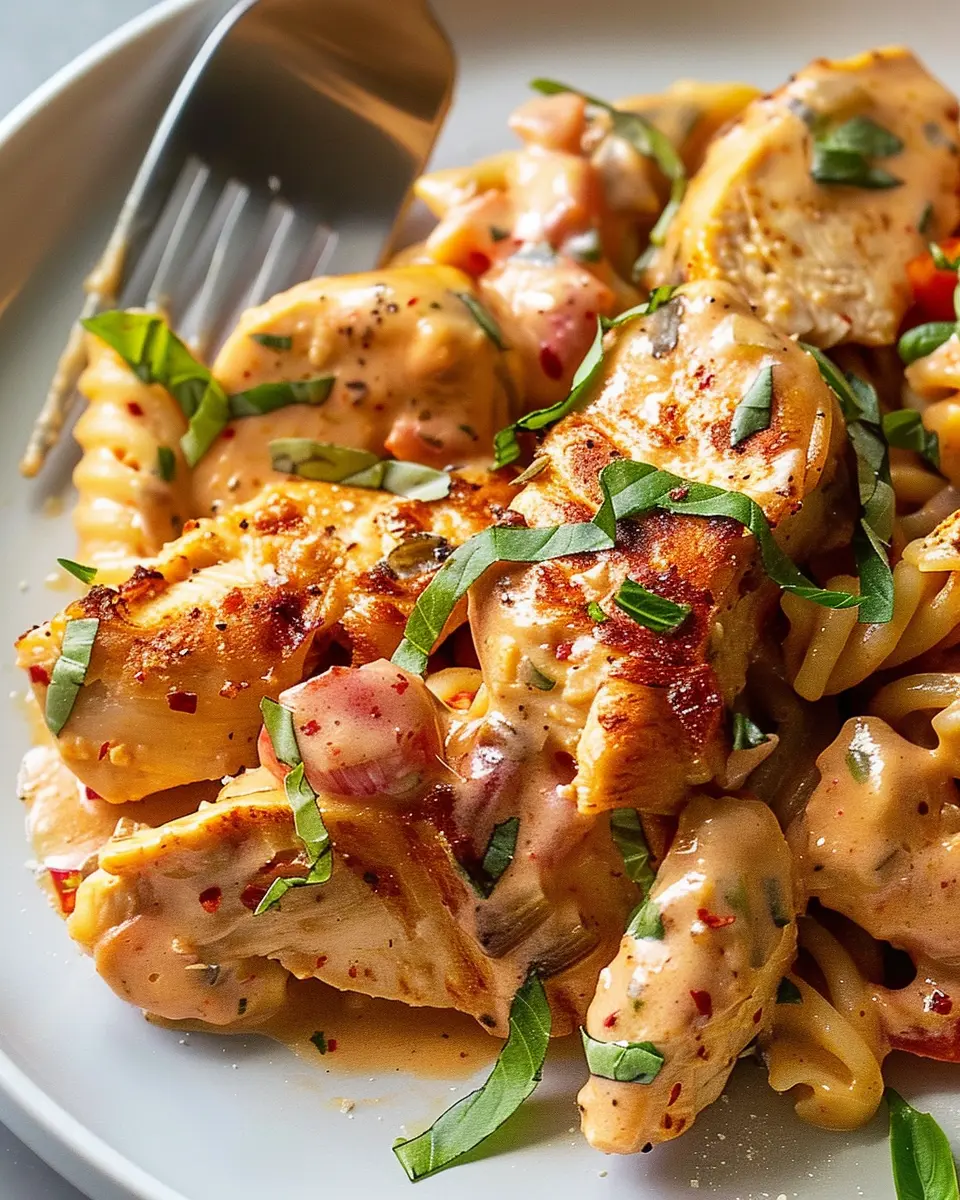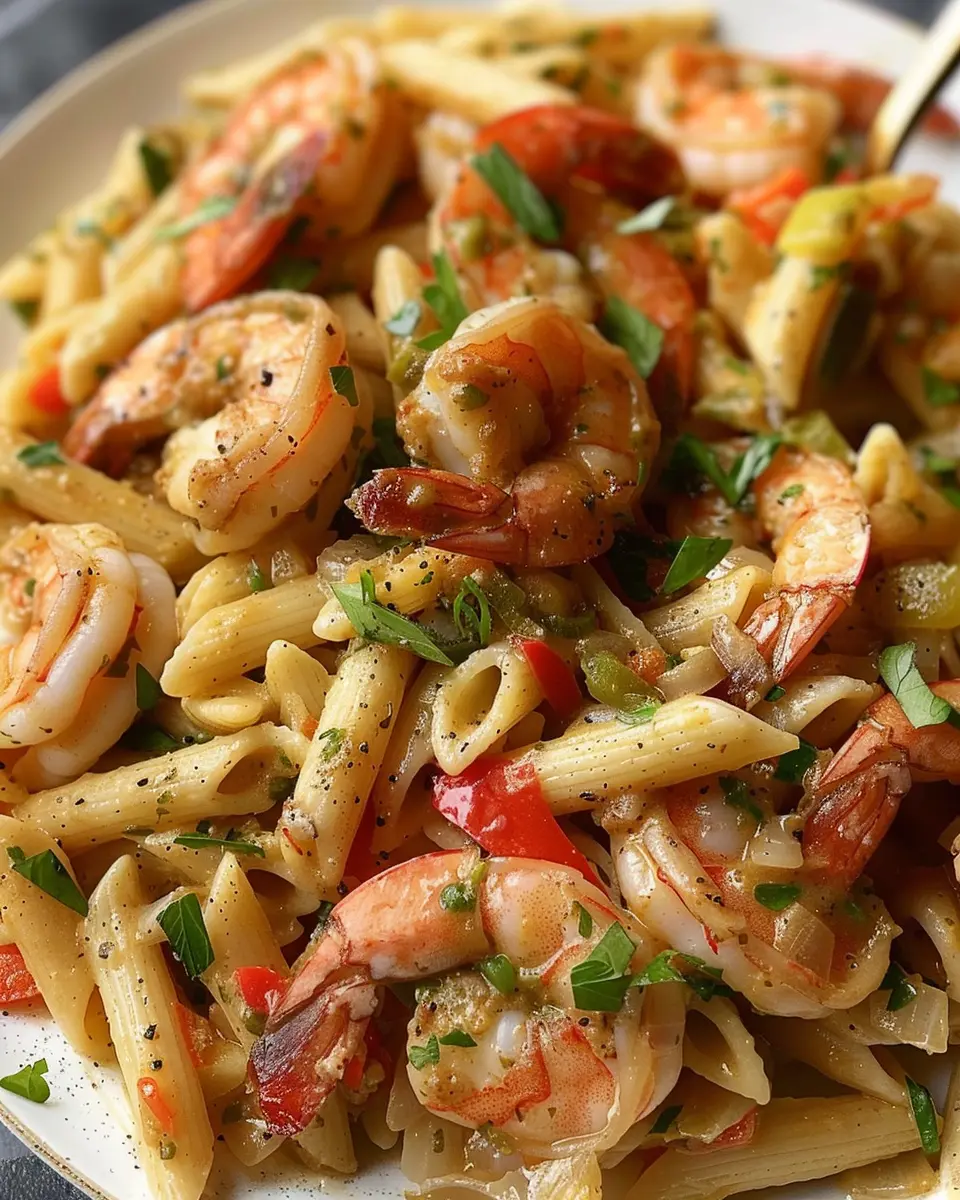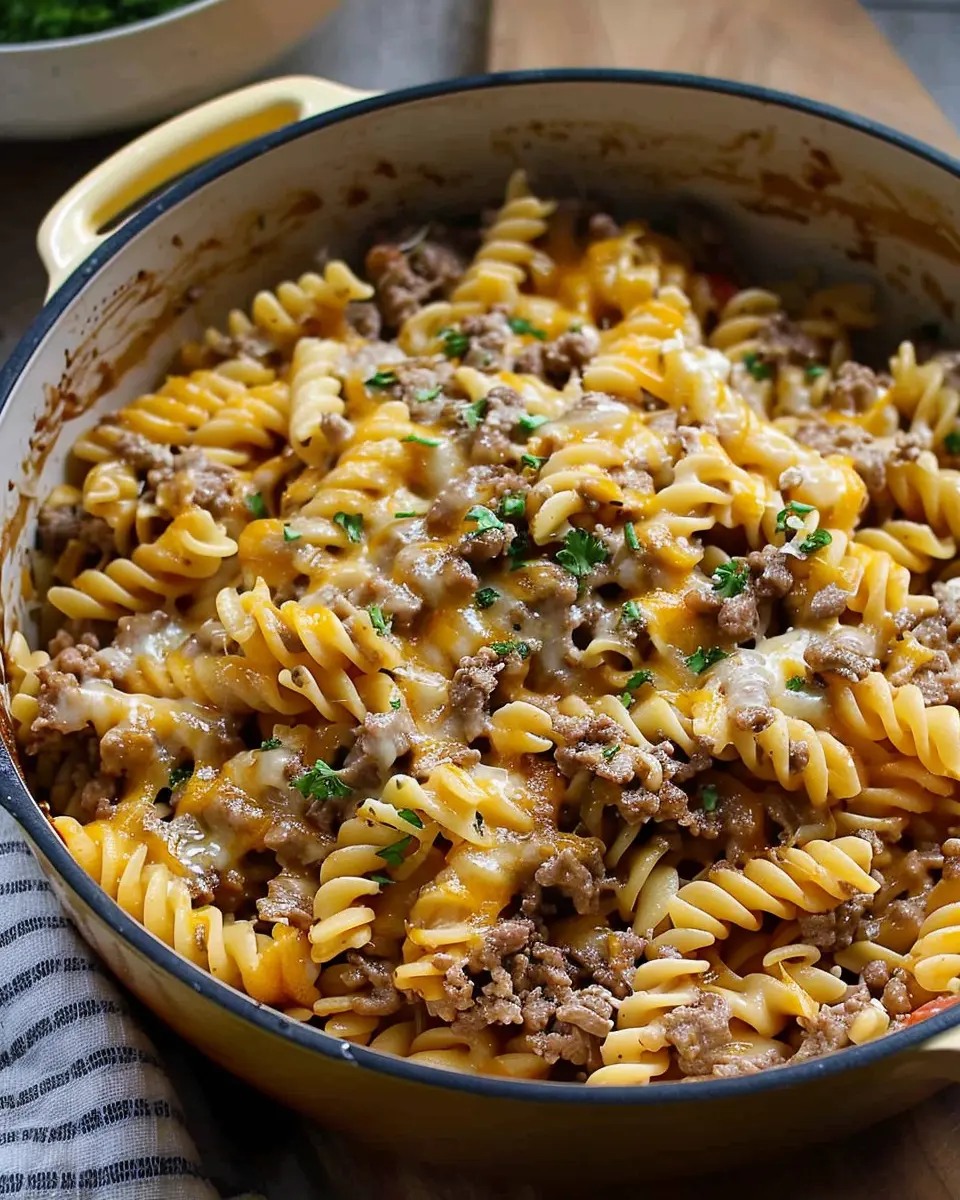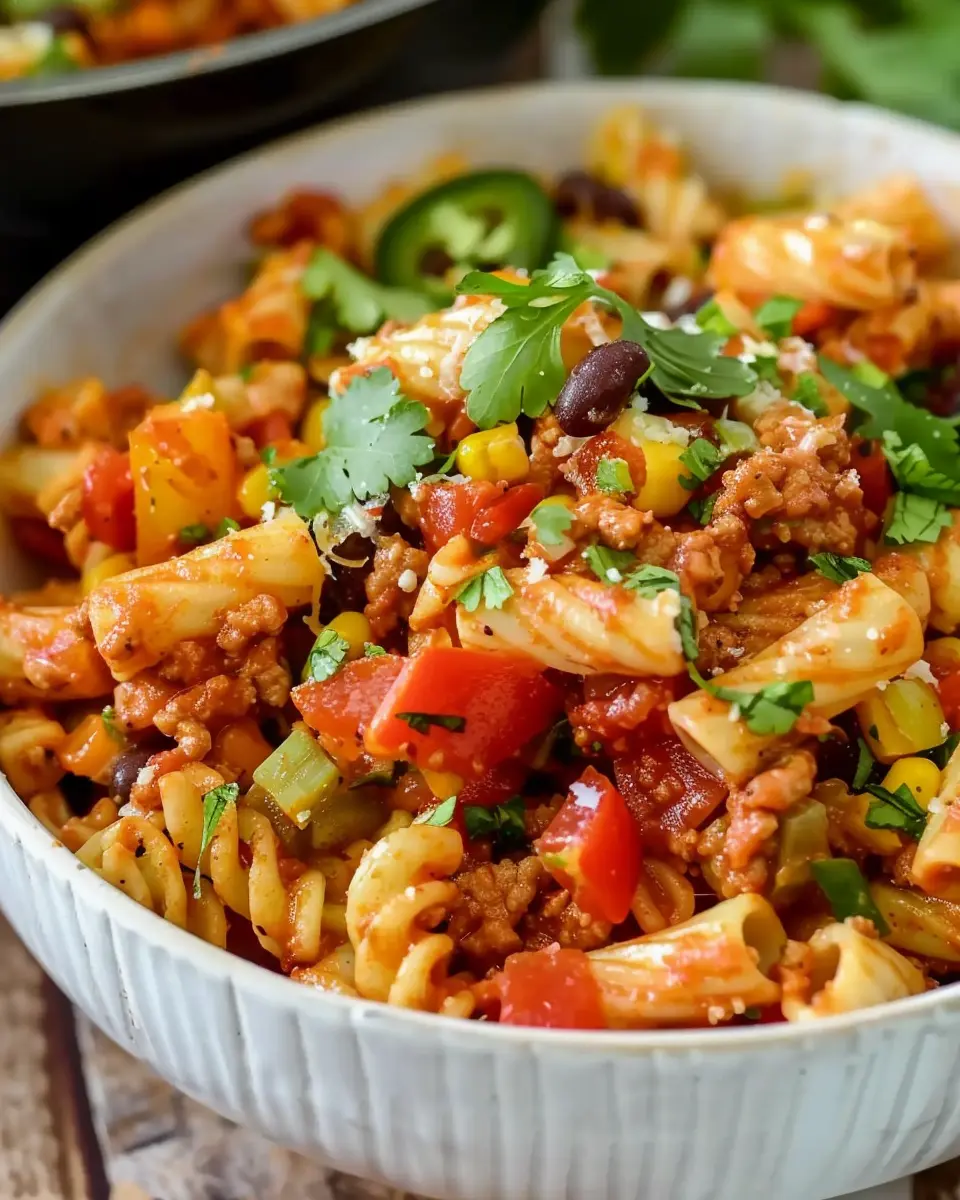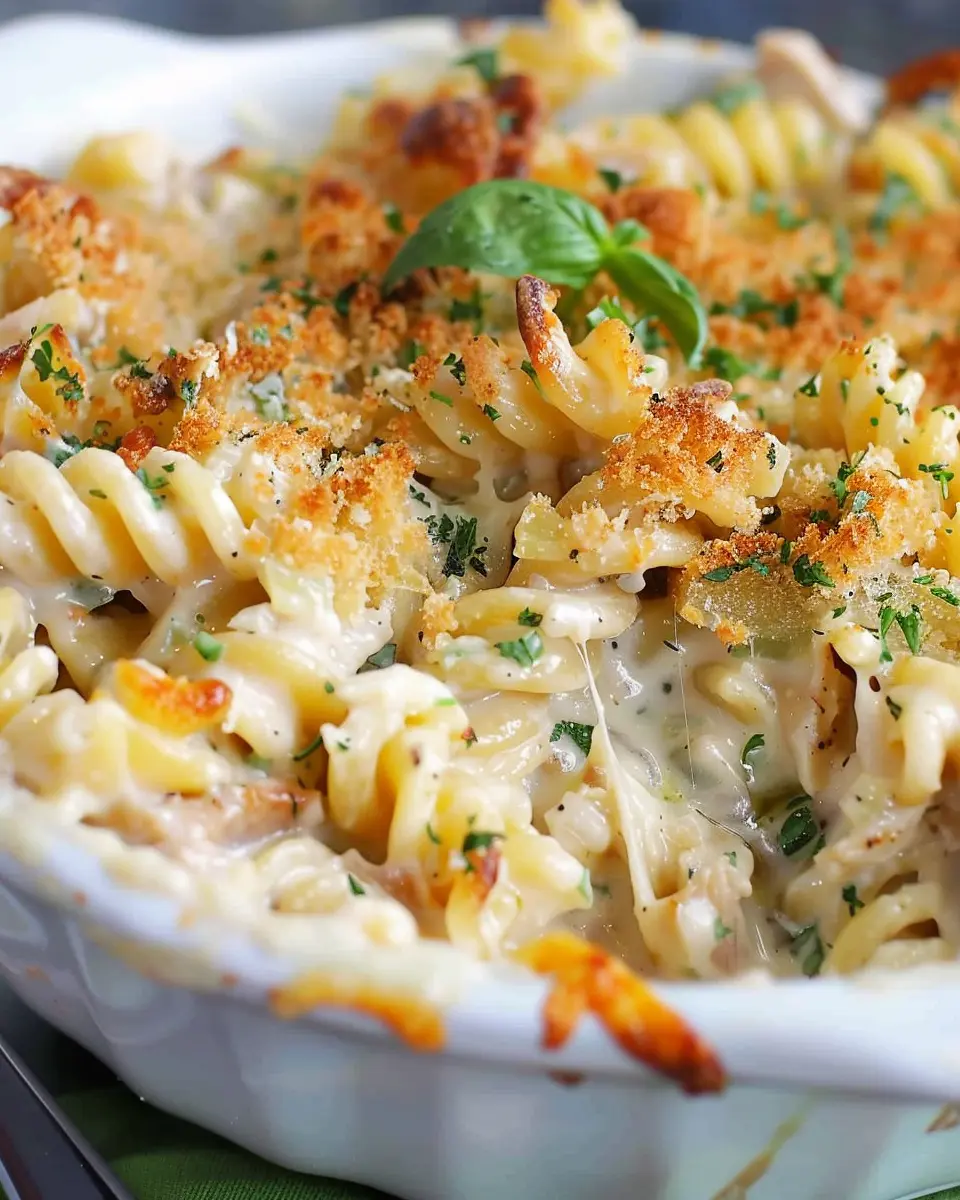Introduction to Balsamic Glazed Asian Noodles
When it comes to meal time, the allure of fast food can be strong, especially after a long day. However, embracing homemade meals like balsamic glazed Asian noodles comes with a multitude of benefits that quick bites simply can’t match. For instance, preparing your own dishes allows you to control the ingredients, ensuring that what you consume is fresh, wholesome, and tailored to your tastes. Plus, studies have shown that home-cooked meals can lead to healthier eating habits, promoting better nutrition overall. So, why settle for a greasy takeout when you can create something delicious and nutritious in your kitchen?
Speaking of kitchens, there’s a unique joy in experimenting with flavors right at home. Cooking isn’t just about following a recipe; it’s an opportunity to unleash your creativity. Think of balsamic glazed Asian noodles as a canvas. You can play around with different vegetables, proteins like turkey bacon or chicken ham, and sauces, crafting a dish that perfectly fits your mood and palate. In fact, many chefs encourage home cooks to think of cooking as an art form. Studies have shown that engaging in creative activities like cooking can significantly reduce stress and elevate your mood. Why not take a chance? Toss in some fresh cilantro or a sprinkle of sesame seeds and watch your dish transform.
Additionally, cooking can be a wonderful communal activity. Invite friends over for a noodle night, or make it a family affair. Cooking together fosters connection and allows everyone to share their favorite tricks and tips. According to a survey by the American Psychological Association, sharing meals with family or friends can improve overall well-being, creating lasting memories and a sense of belonging.
In summary, making balsamic glazed Asian noodles at home is not just about satisfying hunger—it’s about cultivating your culinary skills, nurturing your health, and enjoying the process of discovery. So, grab your apron, gather your ingredients, and let’s dive into this incredible 7-step recipe!
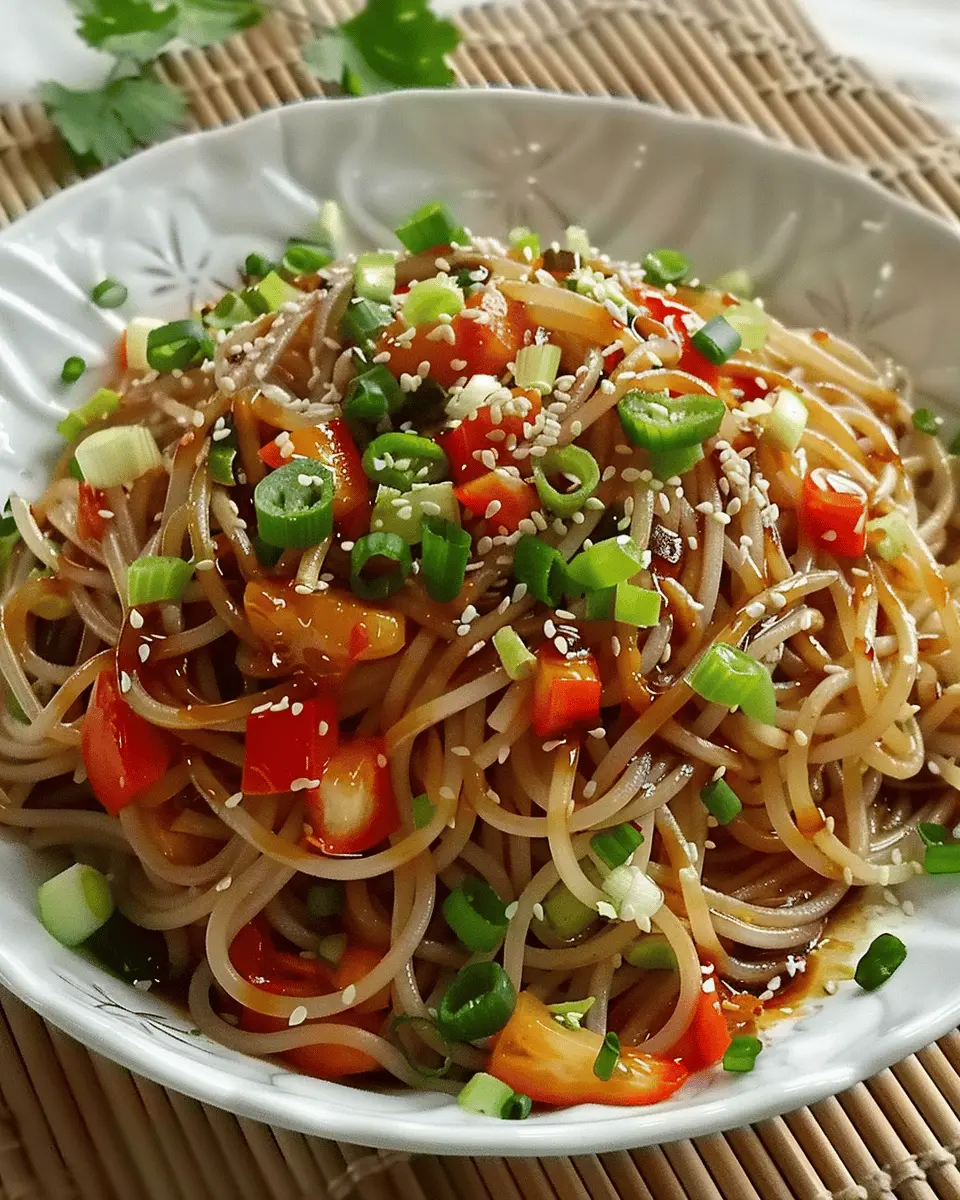
Ingredients for Balsamic Glazed Asian Noodles
When embarking on the culinary journey of creating balsamic glazed Asian noodles, having the right ingredients is essential for achieving that perfect balance of flavors. Here’s what you’ll need to make this dish truly shine.
Essential Ingredients
- Noodles: Opt for rice noodles or soba noodles that soak up the glaze perfectly and provide a delightful chewy texture.
- Balsamic vinegar: This will be your star ingredient, lending a rich, tangy sweetness.
- Soy sauce: A splash adds depth and umami, complementing the balsamic nicely.
- Chicken ham: For a heartier bite, diced chicken ham is a fantastic choice.
- Turkey bacon: This alternative adds a smoky flavor to your dish without weighing it down.
- Vegetables: Colorful veggies like bell peppers, broccoli, and snap peas contribute crunch and nutrition.
- Sesame oil: Just a drizzle enhances that classic Asian flair and rounds out flavors.
- Green onions and sesame seeds: For garnishing, these add a beautiful finish.
Recommended Tools
- Wok or large skillet: Perfect for stir-frying your ingredients together.
- Pot for boiling noodles: A deep pot helps achieve the right consistency without sticking.
- Cutting board and knife: Essential for prepping your veggies and meats.
- Measuring cups and spoons: Precision is key to achieving that perfect glaze.
Gather these ingredients and tools, and you’ll be well on your way to enjoying a delicious plate of balsamic glazed Asian noodles! For more inspiration on ingredient selection, check out this comprehensive guide on Asian noodles. With these foundational elements in your kitchen, cooking will be both fun and fulfilling!
Preparing Balsamic Glazed Asian Noodles
Cooking can often feel intimidating, but preparing balsamic glazed Asian noodles is actually quite manageable and incredibly rewarding. With a delightful combination of flavors and textures, this dish makes for a fantastic weeknight meal. Let’s walk through the steps together, ensuring you gather all the essentials and create a delicious experience in your kitchen!
Gather Your Fresh Ingredients
To kick things off, let’s focus on gathering our fresh ingredients. The beauty of balsamic glazed Asian noodles is that many of the components can be tailored to your personal tastes and what you have on hand. Here’s a basic list to get you started:
- Noodles: Opt for rice noodles or whole wheat noodles, whichever you prefer.
- Vegetables: Grab bell peppers, carrots, broccoli, and scallions for a colorful mix.
- Protein: Consider lean turkey bacon or chicken ham for an amazing flavor that complements the dish perfectly.
- Sauce Ingredients: You will need balsamic vinegar, soy sauce, garlic, and a touch of honey to balance the acidity.
Having everything prepped and on your counter will make the entire process flow smoothly. As you prepare, don’t hesitate to check out The Produce Moms for tips on choosing the freshest ingredients.
Cook the Noodles
Now that you have your ingredients, it’s time for the noodles. Begin by boiling water in a large pot. Once it’s bubbling away, add your noodles and let them cook according to the package instructions—usually 5-7 minutes for rice noodles, depending on the thickness. Stir occasionally to prevent sticking.
Once they’re done, drain the noodles and give them a quick rinse under cold water to stop the cooking process. This simple step helps to maintain their texture and prevents them from becoming mushy when mixed with the sauce later.
Prepare the Sauce
While your noodles are cooking, let’s whip up that delectable sauce. In a small bowl, combine:
- ¼ cup of balsamic vinegar
- 2 tablespoons of soy sauce
- 1 tablespoon of honey
- 2 minced garlic cloves
Whisk everything together until it’s well combined. The sweet and tangy elements in this sauce will complement the noodles beautifully. Feel free to adjust the proportions to suit your taste—like adding more honey if you prefer a sweeter glaze or increasing the vinegar for an extra punch. If you’re curious about the health benefits of balsamic vinegar, check out this Healthline article.
Sauté Vegetables
Next, heat a tablespoon of oil in a large skillet or wok over medium-high heat. Toss in your chopped veggies—bell peppers, carrots, and broccoli will do nicely. Sauté for about 5-7 minutes until they’re tender-crisp.
When the vibrant colors fill your kitchen, take a moment to appreciate how far you’ve come. The aroma will start to bring everything together. Consider adding a pinch of salt or a dash of red pepper flakes if you like a little heat.
Combine and Glaze
It’s time for the finishing touches! Start by adding your cooked noodles to the skillet with the sautéed veggies. Pour the balsamic sauce over the mixture, and toss everything together to ensure it’s evenly coated. Let it cook for an additional 2-3 minutes until it’s heated through and the sauce has thickened slightly.
This is where the magic happens—the noodles should be glossy and bursting with flavor! Before serving, sprinkle some sliced scallions on top for that fresh, crunchy element that makes this dish irresistible.
After you’ve made these balsamic glazed Asian noodles, take a moment to enjoy your creation. Not only did you whip up something delicious, but you also developed some impressive cooking skills along the way! Happy cooking!
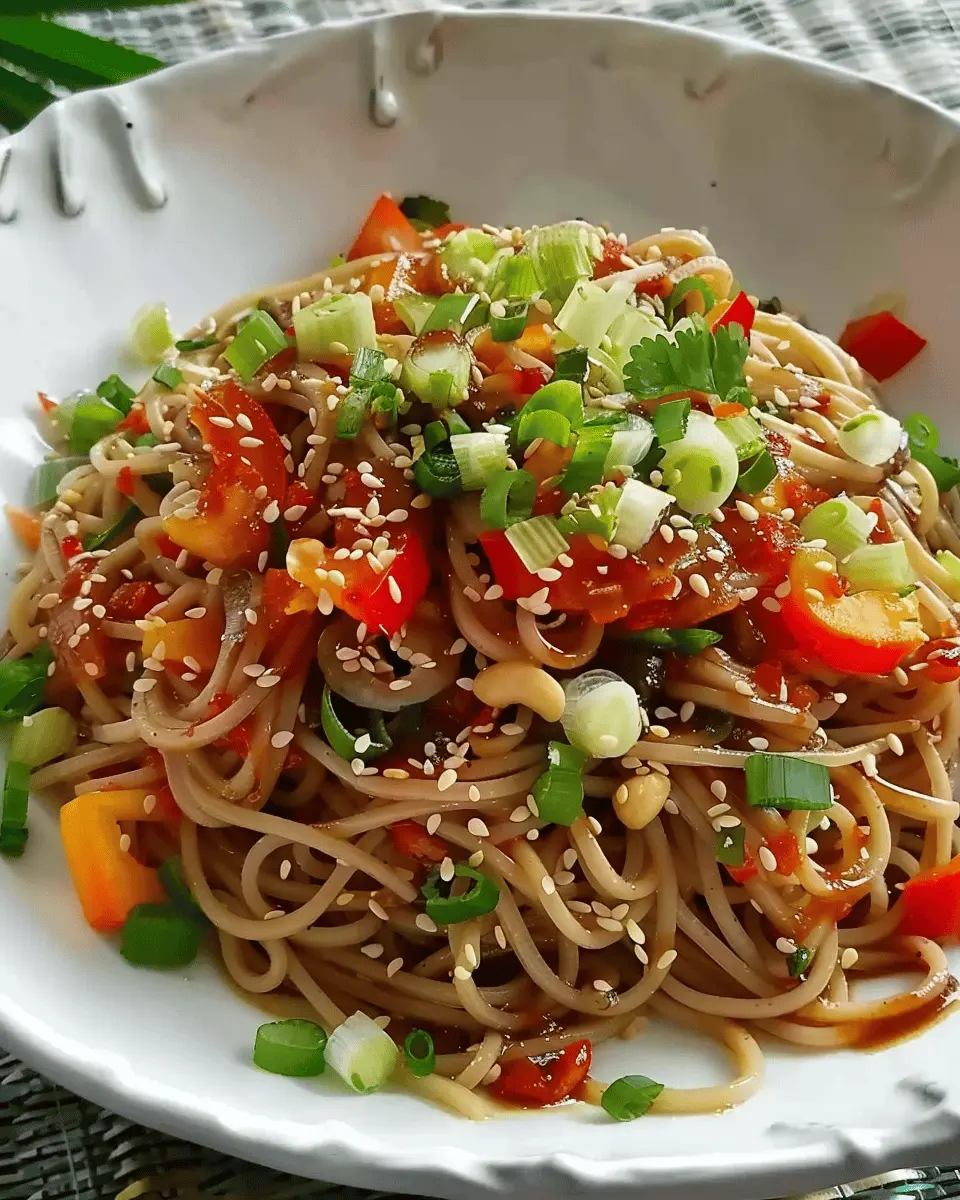
Variations on Balsamic Glazed Asian Noodles
Vegan Version
If you’re looking to whip up a delicious plant-based meal, transforming your balsamic glazed Asian noodles into a vegan delight is quick and easy. Simply replace the chicken broth with vegetable broth and omit any animal products. Substitute traditional noodles with whole grain or rice noodles for that authentic bite. For an added kick of flavor, consider tossing in some sautéed vegetables like bok choy, bell peppers, and snap peas. You might also want to explore the wide world of vegan sauces; nutritional yeast adds a cheesy flavor without the dairy!
Gluten-Free Options
For our gluten-sensitive food lovers, fear not! You can effortlessly adapt your balsamic glazed Asian noodles by choosing gluten-free noodles, such as rice noodles or quinoa pasta. Always check labels on sauces and broths to ensure they’re gluten-free, as cross-contamination can be sneaky. Combine your freshly cooked noodles with gluten-free tamari instead of soy sauce for that delightful umami taste that you crave.
Adding Protein
If you’re craving a protein boost, there are several wholesome options available:
- Chicken: Grilled or pan-seared chicken strips can take your balsamic glazed Asian noodles to the next level. Marinate the chicken in a bit of balsamic glaze before cooking for extra flavor!
- Turkey Bacon: A healthier alternative to traditional bacon, turkey bacon adds a savory crunch. Crisp it up in a pan and mix it into the noodles for a satisfying texture.
- Tofu: For a plant-based protein powerhouse, try incorporating crispy marinated tofu. You can bake or pan-fry it for a delightful crunch.
Experiment with these variations to match your dietary preferences and taste. Your balsamic glazed Asian noodles will always be a hit! If you’re interested in exploring more noodle dishes, check out Cooking Light for tasty inspiration.
Cooking Tips for Balsamic Glazed Asian Noodles
Best Practices for Cooking Noodles
When preparing your balsamic glazed Asian noodles, it’s essential to cook them just right. Here are some tried-and-true practices:
- Salt Your Water: Adding a generous amount of salt to boiling water enhances the flavor of the noodles. It’s like seasoning a steak before cooking—crucial for taste!
- Timing is Key: Follow package instructions but keep a close eye on them. Aim for al dente—your noodles should have a slight bite to them, perfect for holding onto that delicious glaze.
- Rinse with Cold Water: After cooking, rinse the noodles briefly in cold water. This stops the cooking process and prevents them from becoming gummy.
Balancing Flavors in Your Glaze
Crafting the right glaze is where magic happens. Here are some tips for achieving a tasty balance:
- Sweetness and Acidity: The balsamic vinegar provides a tangy punch, while adding a touch of brown sugar or honey can round out the flavors. Start with a little and adjust as needed.
- Add Heat: Consider incorporating chili flakes or fresh ginger to give your glaze a spicy kick. Heat complements the sweetness beautifully.
- Taste As You Go: Always taste your glaze before adding it to the noodles. This is your chance to tailor the flavor profile—don’t be shy!
For more insights into enhancing your culinary skills, check out resources like the Culinary Institute of America or Serious Eats.
Cooking can be a journey, so don’t hesitate to experiment and make this dish uniquely yours!
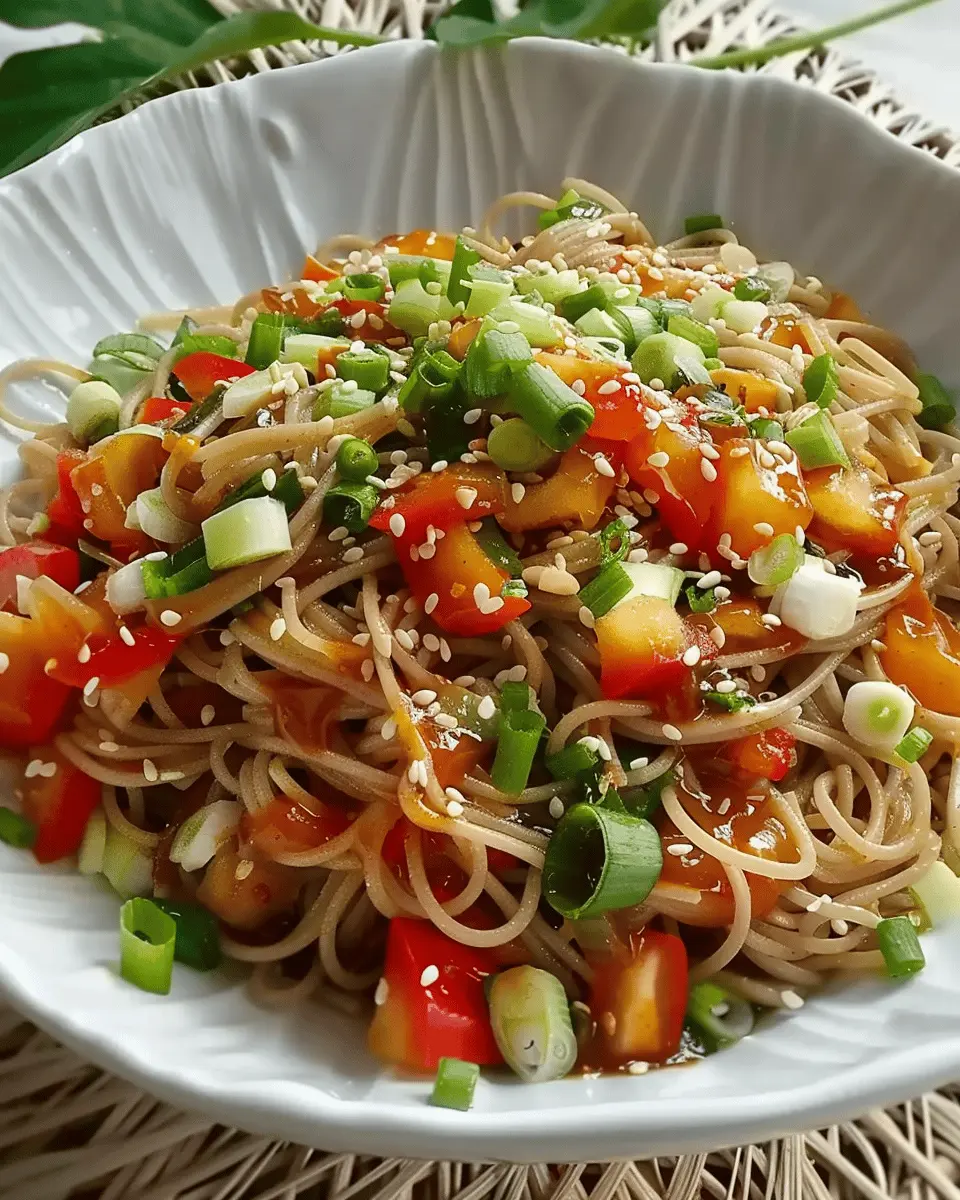
Balsamic Glazed Asian Noodles: An Easy 7-Step Recipe Delight
Balsamic Glazed Asian Noodles are a delightful, savory dish that can be prepared in just 7 easy steps. Perfect for a quick weeknight meal!
- Prep Time: 10 minutes
- Cook Time: 15 minutes
- Total Time: 25 minutes
- Yield: 4 servings 1x
- Category: Main Dish
- Method: Stir Fry
- Cuisine: Asian
- Diet: Vegetarian
Ingredients
- 8 oz Asian noodles
- 1 cup broccoli florets
- 1 cup bell peppers, sliced
- 1/2 cup carrots, julienned
- 1/4 cup balsamic vinegar
- 2 tbsp soy sauce
- 1 tbsp sesame oil
- 2 cloves garlic, minced
- 1 tsp ginger, grated
- 2 tbsp sesame seeds
Instructions
- Cook the noodles according to package instructions and set aside.
- In a large pan, heat sesame oil over medium heat.
- Add garlic and ginger, sauté for 1-2 minutes until fragrant.
- Add broccoli, bell peppers, and carrots. Stir-fry for 5-7 minutes until tender.
- Add the cooked noodles to the pan.
- In a small bowl, mix balsamic vinegar and soy sauce, then pour over the noodle mixture.
- Top with sesame seeds and toss to combine. Serve hot.
Notes
- Adjust the vegetables based on your preference.
- For added protein, consider adding tofu or chicken.
Nutrition
- Serving Size: 1 serving
- Calories: 350
- Sugar: 5g
- Sodium: 600mg
- Fat: 15g
- Saturated Fat: 2g
- Unsaturated Fat: 10g
- Trans Fat: 0g
- Carbohydrates: 50g
- Fiber: 4g
- Protein: 10g
- Cholesterol: 0mg
Keywords: Balsamic, Asian Noodles, Quick Recipe

